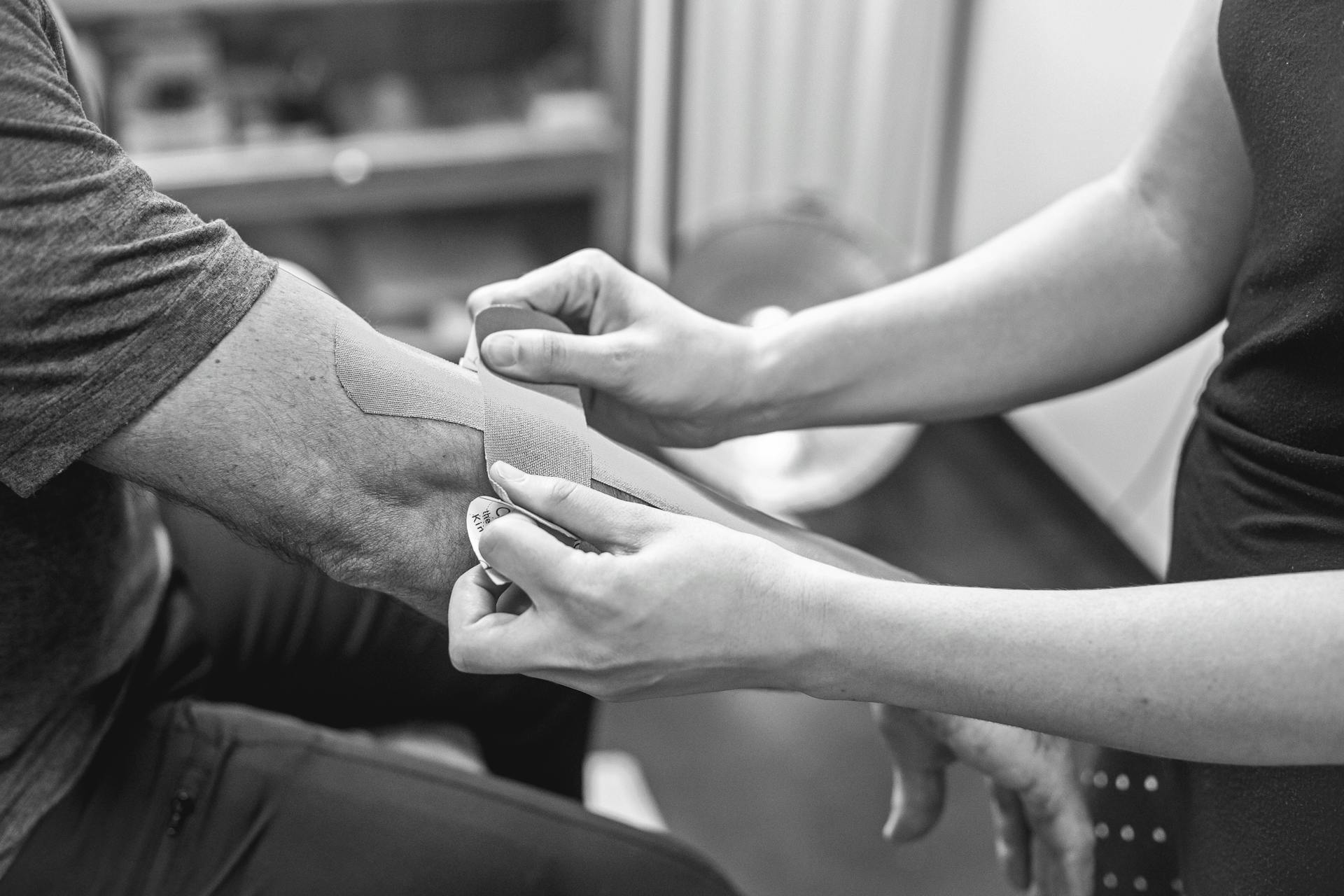
Even if you’ve never picked up a tennis racket, you can still get tennis elbow! It’s one of the most common arm injuries, especially for people who use their hands and wrists a lot — like typing, lifting, gardening, or doing repetitive manual work.
Tennis elbow (or lateral epicondylitis) happens when the tendons on the outside of your elbow become irritated or inflamed. These tendons connect your forearm muscles to the bone, and overuse or repetitive movement can cause small tears that lead to pain and stiffness.
You’ll usually feel discomfort or a burning sensation on the outer side of your elbow — especially when gripping, lifting, or twisting objects like a kettle, jar, or door handle.
Several forearm muscles are connected to the area affected by tennis elbow, including:
All of these muscles attach to the bony bump on the outside of your elbow (the lateral epicondyle). When they’re overworked, they pull on that area and cause pain.
Both can help, but at different stages:
If you find your elbow sore at night:
A few simple stretches can really help recovery:
Wrist Extensor Stretch – Extend your arm straight, palm facing down. Use your other hand to gently bend the wrist down until you feel a stretch on the top of your forearm. Hold for 20–30 seconds.
Wrist Flexor Stretch – Extend your arm straight, palm facing up. Gently bend your wrist down with the other hand to stretch the underside of your forearm.
Massage – Lightly massaging the forearm muscles can improve circulation and ease tightness. Using massage oil or cream, work along the muscles from wrist to elbow with gentle pressure.
Massage therapy can speed up recovery by:
1. Releasing tight forearm muscles
2. Improving blood flow to damaged tissue
3. Reducing pain and promoting healing
Your therapist may also show you exercises and techniques to prevent future flare-ups — especially if your job or hobbies involve repetitive movements.
Tennis elbow is common — and very treatable. With rest, gentle stretching, and the right self-care, most people recover fully. If your pain lingers, professional treatments like massage therapy or physiotherapy can help speed up healing and prevent it from coming back.
Listen to your body, take it easy, and let those tired tendons recover.